Why It’s More Than Weaving Wool

Ted Talkprenuers: It’s All About Birds
22nd December 2017
When A Poet Goes Birding
8th January 2018When the cold weather beckons and all you need is a warm scarf, shawl or blanket. A beautiful customised rug or carpet to warm your home. Add a carrier bag made of bio-degradable material to this list in this era of the Plastic bag ban.
I made a recent trip to the cold highland grassland area of Kinangop. Here, one local sustainable initiative was revelead. This was the use of wool from sheep, [an emerging industry that could flourish from the plastic ban], to weave out beautiful products. All this in an effort conserve the habitat of the Sharpe’s Longclaw.
The Sharpe’s Longclaw (Macronyx sharpei) is endemic to the Kenyan Highlands of

Sharpe’s Longclaw ©️ Hand Book of The Birds of The World
Mt. Elgon, Uasin Gishu, Mau and Kinangop Plateaus, South Aberdares and North of the Slopes of Mount Kenya. All these zones are Important Bird Areas (IBA). It is a specialised grassland bird. Their population has been declining over the years due to land use change. Endangered as listed by BirdLife International. To survive, the Sharpe’s Longclaw and other grassland birds need a safe place to breed and a good food supply. Land owners are converting grassland areas to farm marketed food crops. To preserve the habitat of the Sharpe’s Longclaw, there is the need to encourage landowners to rear sheep.
Why Grasslands are Important
- Grasslands are among the ecosystems with highest species richness in the world.
- Grassland ecosystems are fundamental to regulation of the hydrological cycle. The slender, abundant roots of the grasses act like a sponge. This releases the water gradually to rivers and aquifers.
- Carbon sequestration through the soil which holds tubercles, bulbs and rhizomes. This is 90% of biomass is below ground. This enhances high accumulation rates and slow decomposition of organic material. These plant adaptations help retain water during the dry season. They enable the plants to resist fire and consumption by herbivores.
- Grasslands act as the main forage resource for livestock. Hence they are important for human well-being in many regions.
- Grasslands contribute to the landscape beauty of many regions. Thus resulting to tourism in this regions.
Njabini Wool Crafters
Sheep are grazers and their wool used to make a variety of products. Land owners in grasslands can take advantage of this by rearing sheep. This will prevent land degradation of grasslands due to change of land-use to arable land. Increased awareness among the local community on the conservation value of grasslands is important. Land owners and farmers are able to assist in monitoring the population of grassland birds.
Njabini Wool Crafters is a community based organisation determined to conserve biodiversity. This is through sustainable environmental and nature-based enterprises. The organisation is able to pay farmers in the locality for the wool from the sheep they have reared. This is able to prevent unsustainable land-use and conflicting interests. The wool, a natural fibre, is processed into hand-made quality goods. These get sold to support their other conservation activities.
The Sharpe’s Longclaw may be the star shining all above other grassland birds. It is a keystone species whose protection will see the protection of other grassland birds which are as important to the ecosystem. This include the Black-winged Lapwing (Vanellus melanopterus), Red-capped Lark (Calandrella cinerea), Grassland Pipit (Anthus cinnamomeus), Jackson’s Widowbird (Euplectes jacksoni) [a Near-Threatened species], Wing-snapping Cisticola (Cisticola ayresii) and the Common Stonechat (Saxicola torquata) among many other species.
It becomes clear, that a loss of habitat for the Sharpe’s Longclaw will lead to human-caused extinction for most of these bird species. Birds are amazing ecological indicators. Birds feed on insects and they themselves are food for birds of prey, snakes and mammals such as mongoose. A disruption in the food chain will ultimately lead to a whole level of extinction. The ecosystem services we depend on as human which sustain our livelihoods [without us knowing and being grateful for] will also disappear. Everything is always connected.
“When one tugs at a single thing in nature, he finds it attached to the rest of the world.”- John Muir
One can support such initiatives as the Njabini Wool Crafters by purchasing their creatively done products which will in turn support the farmers and eventually conserve grasslands. They are located approximately 80 km north of Nairobi in Kinangop.
Other Citations:



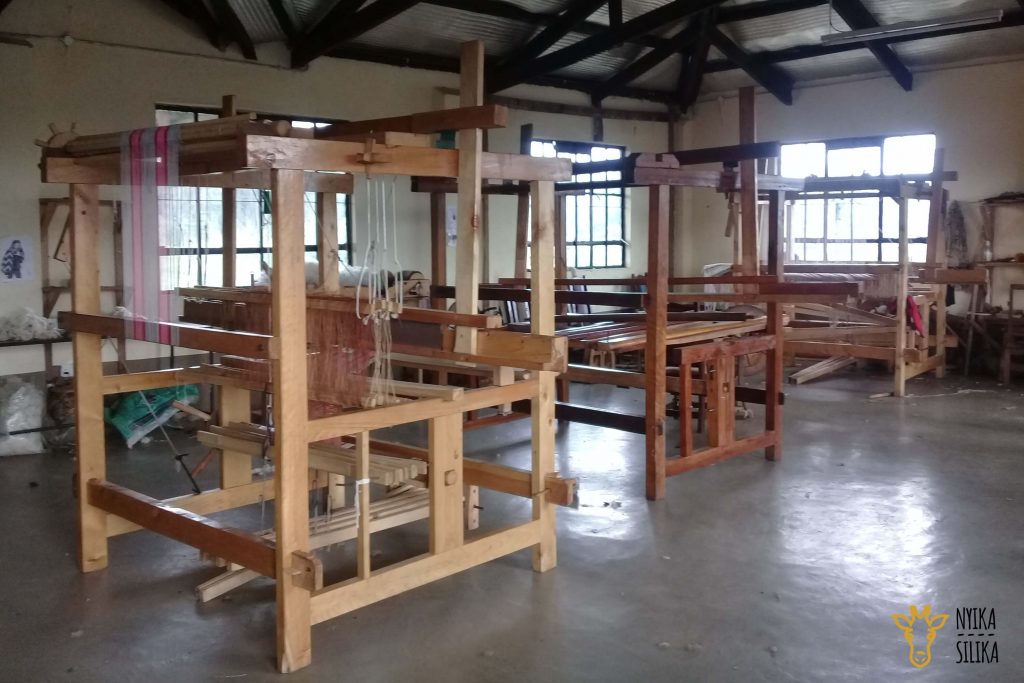
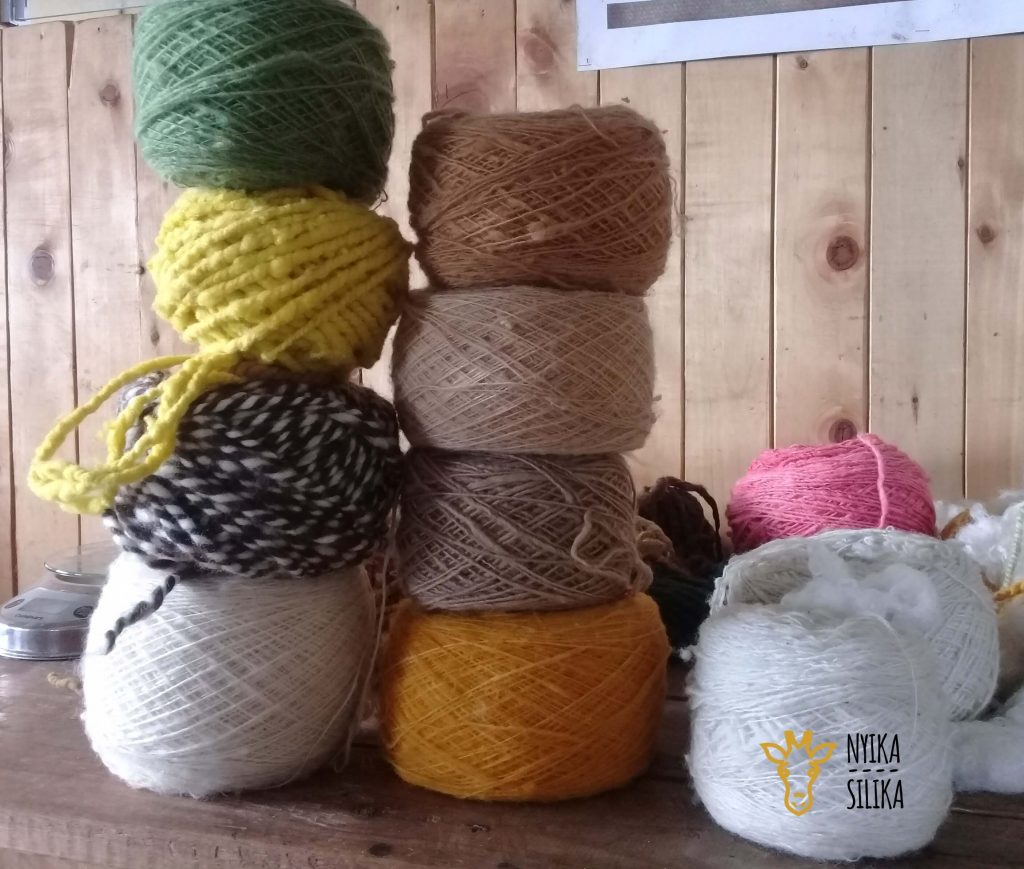
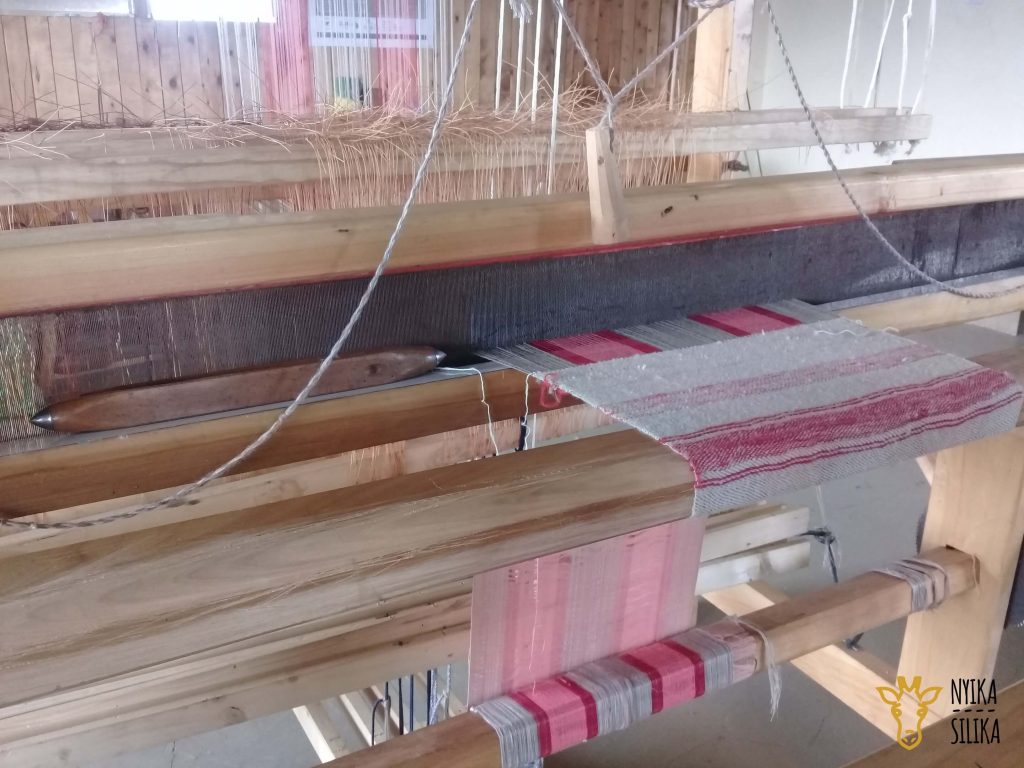
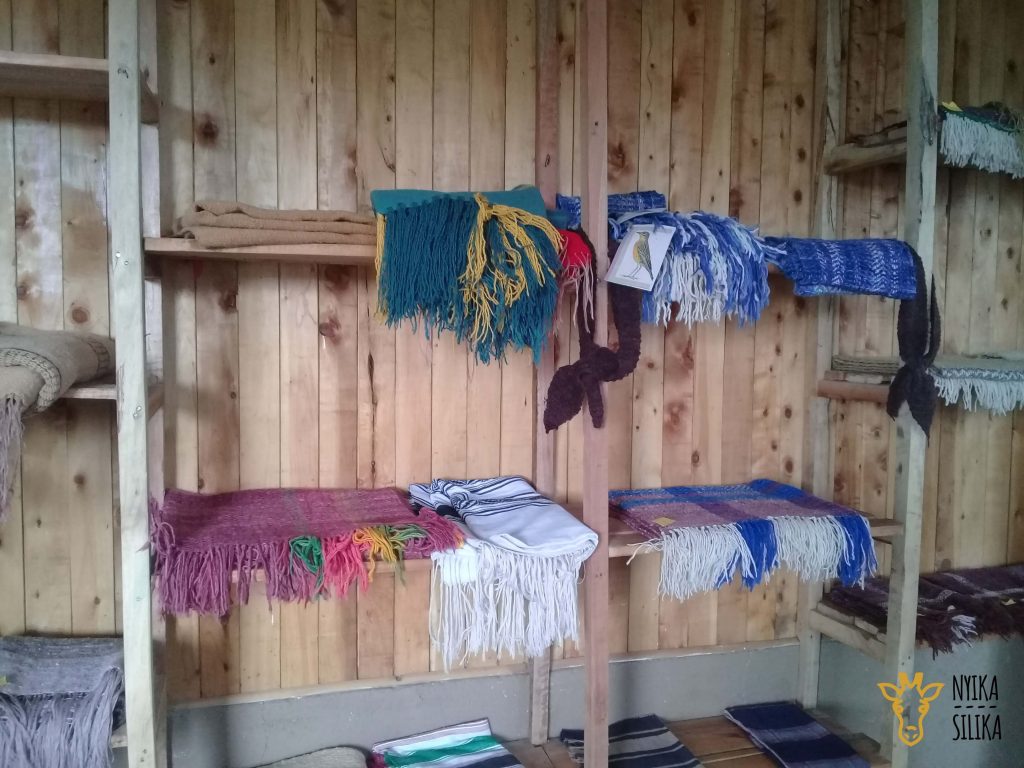

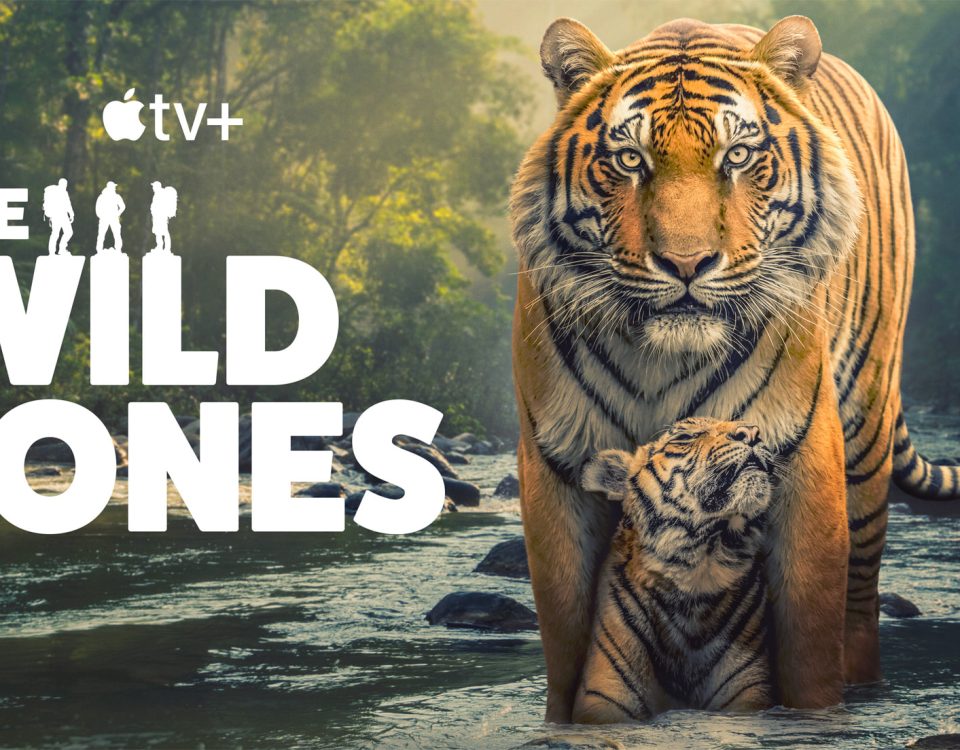

2 Comments
Its a good wool craft.i will make sure i visit there soon.
[…] What are the benefits of grass? In an area that rears sheep, grass becomes important and it’s not all about weaving wool. Although, a landowner may choose to plant crops rather than rear sheep. However, livestock farming […]